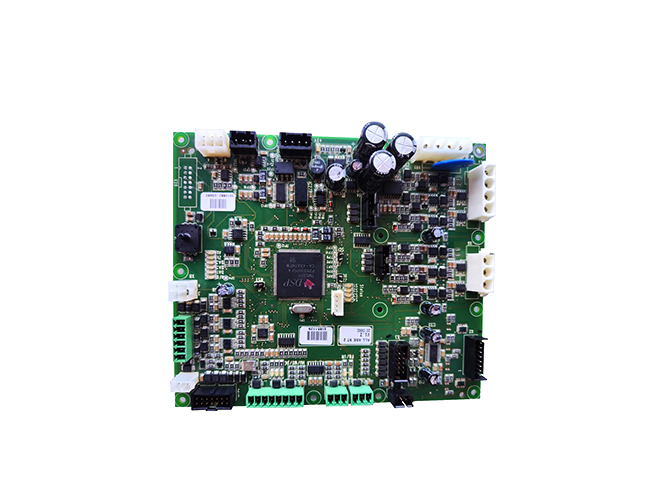-
CN
-
Service Hotline
+8618129931046 Mr. Liao


Time:2025-07-23 Views:1

High-strength plastic materials play a crucial role in the manufacturing and performance of rigid PCB boards, offering a balance of mechanical robustness, electrical insulation, and cost-effectiveness. One of the most widely used materials is FR-4, a glass-reinforced epoxy laminate that serves as the core substrate for most rigid PCBs. FR-4 exhibits excellent tensile strength (typically 200-400 MPa), high flexural modulus, and good thermal stability (Tg, glass transition temperature, around 130-180°C), making it suitable for a wide range of applications from consumer electronics to industrial control systems. Its reinforced structure, combining glass fiber cloth with epoxy resin, provides dimensional stability, ensuring the PCB maintains its shape under thermal stress during soldering or operation.
Another key material is polyimide (PI), which offers superior heat resistance (Tg up to 260°C or higher) and mechanical strength, making it ideal for high-temperature environments such as automotive under-the-hood electronics or aerospace systems. PI-based rigid PCBs can withstand prolonged exposure to temperatures exceeding 200°C without degrading, while maintaining excellent electrical insulation properties. For applications requiring enhanced flame resistance, materials like FR-1 (phenolic paper) or FR-5 (high-temperature epoxy) are used, with FR-5 offering better thermal performance than FR-4.
Polytetrafluoroethylene (PTFE), known by the brand name Teflon, is employed in high-frequency PCBs due to its low dielectric constant and loss tangent, but it also provides high chemical resistance and mechanical strength. However, PTFE is more expensive than FR-4, limiting its use to specialized applications such as microwave communication devices. These high-strength plastics not only form the core substrate but also are used in solder masks and overlay materials, protecting the PCB from environmental damage while ensuring reliable electrical performance. Their selection depends on the application’s requirements for temperature resistance, mechanical load, and electrical properties, ensuring the rigid PCB meets the demands of its operating environment.